Effortlessly Boost Mobile Conversion Rates with Responsive Design

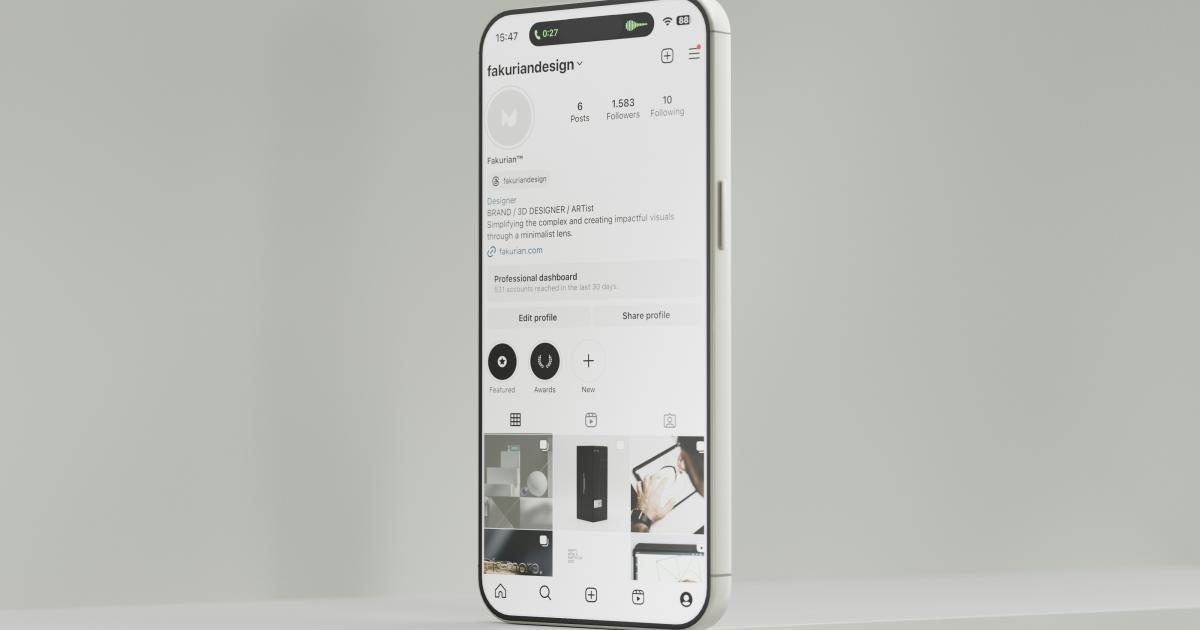
The Importance of Responsive Design for Mobile Optimization
In today's digital landscape, where mobile devices have become ubiquitous, ensuring a seamless and optimized user experience on mobile is crucial for the success of any online business. As more and more consumers turn to their smartphones and tablets to browse, research, and make purchases, the need for a responsive design approach has become increasingly paramount.
Responsive design is the practice of creating websites and web applications that adapt and adjust their layout, content, and functionality to provide an optimal viewing and interaction experience across a wide range of devices, from desktops to mobile phones. This approach is a fundamental strategy for mobile optimization, as it allows businesses to cater to the unique needs and preferences of their mobile-savvy audience.

By implementing a responsive design, businesses can unlock a host of benefits that can directly impact their mobile conversion rates. In this comprehensive article, we will explore the key principles of responsive design, delve into the strategies and best practices for optimizing your mobile experience, and uncover the data-driven insights that demonstrate the tangible impact of a well-executed responsive design.
Understanding the Mobile Landscape
To fully grasp the importance of responsive design, it's essential to understand the mobile landscape and the shifting consumer behaviors that are driving the need for mobile optimization.
The Rise of Mobile Devices
Over the past decade, the global mobile device market has experienced a remarkable surge. According to industry reports, smartphone ownership has reached over 6.6 billion users worldwide, with mobile devices accounting for more than 50% of all internet traffic. This trend shows no signs of slowing down, as consumers increasingly rely on their mobile devices for a wide range of activities, from browsing and research to communication and e-commerce.

Changing Consumer Behaviors
The proliferation of mobile devices has led to a significant shift in consumer behaviors and expectations. Today's mobile-first users demand seamless, intuitive, and responsive experiences across all their devices. They expect to be able to access information, make purchases, and interact with brands with ease, regardless of the device they are using.
Failure to meet these expectations can have severe consequences for businesses, as mobile users are quick to abandon websites or apps that are not optimized for their devices. In fact, studies have shown that a poor mobile experience can lead to a 61% decrease in customer satisfaction and a 60% drop in conversion rates.

The Principles of Responsive Design
At the core of effective mobile optimization lies the principles of responsive design. These guiding principles ensure that your website or web application adapts seamlessly to the unique characteristics and capabilities of each device, providing an optimal user experience across the board.
Fluid Layouts and Grids
Responsive design begins with the implementation of fluid layouts and grids. This approach involves creating a flexible and adaptable structure that can adjust its content and elements based on the size and orientation of the user's device. By using relative units, such as percentages or viewport-based units, rather than fixed pixel values, the layout can fluidly resize and rearrange to ensure content remains legible and accessible on any screen.

Flexible Media and Images
Closely tied to fluid layouts, responsive design also requires the use of flexible media and images. This means ensuring that all visual elements, such as images, videos, and embedded content, can scale and adapt to the available screen real estate. Techniques like responsive image sizing, lazy loading, and optimized image formats can help minimize file sizes and improve page load times, further enhancing the mobile user experience.

Adaptive Navigation and Interactions
As screen sizes decrease on mobile devices, the way users interact with your website or application must also adapt. Responsive design incorporates principles of adaptive navigation, such as collapsible menus, touch-friendly UI elements, and streamlined user flows, to ensure that key functionality and content remain easily accessible and intuitive for mobile users.

Progressive Enhancement
Responsive design also embraces the concept of progressive enhancement, which involves building a solid foundation that works across all devices, and then enhancing the experience for more capable devices. This approach ensures that core content and functionality are available to all users, while providing an enriched experience for those with more advanced devices and browsers.

Performance Optimization
Lastly, responsive design places a strong emphasis on performance optimization. As mobile devices often have limited processing power and bandwidth, it's crucial to optimize your website or web application for fast load times, smooth animations, and efficient resource utilization. Techniques such as code minification, content delivery networks (CDNs), and server-side rendering can all contribute to a high-performing mobile experience.

By adhering to these principles of responsive design, businesses can create mobile-friendly experiences that cater to the diverse needs and preferences of their users, ultimately driving higher engagement, conversions, and customer satisfaction.
Strategies for Optimizing Mobile Conversion Rates
With a solid understanding of responsive design principles, let's dive into the specific strategies and best practices that can help you boost your mobile conversion rates.
Streamline the User Journey
One of the key factors in driving mobile conversions is ensuring a seamless and intuitive user journey. Responsive design empowers you to create a streamlined experience that eliminates friction and guides users effortlessly towards their desired actions.
Simplify Navigation
Simplify your navigation structure, making it easy for mobile users to quickly find and access the information or functionality they need. Utilize responsive design techniques, such as collapsible menus and touch-friendly UI elements, to ensure navigation remains intuitive and accessible on smaller screens.

Optimize Form Experiences
Mobile form experiences can make or break a conversion. Implement responsive design principles to create forms that are easy to fill out, with input fields that are properly sized and spaced for mobile devices. Consider incorporating features like auto-complete and mobile-friendly keyboards to further streamline the process.
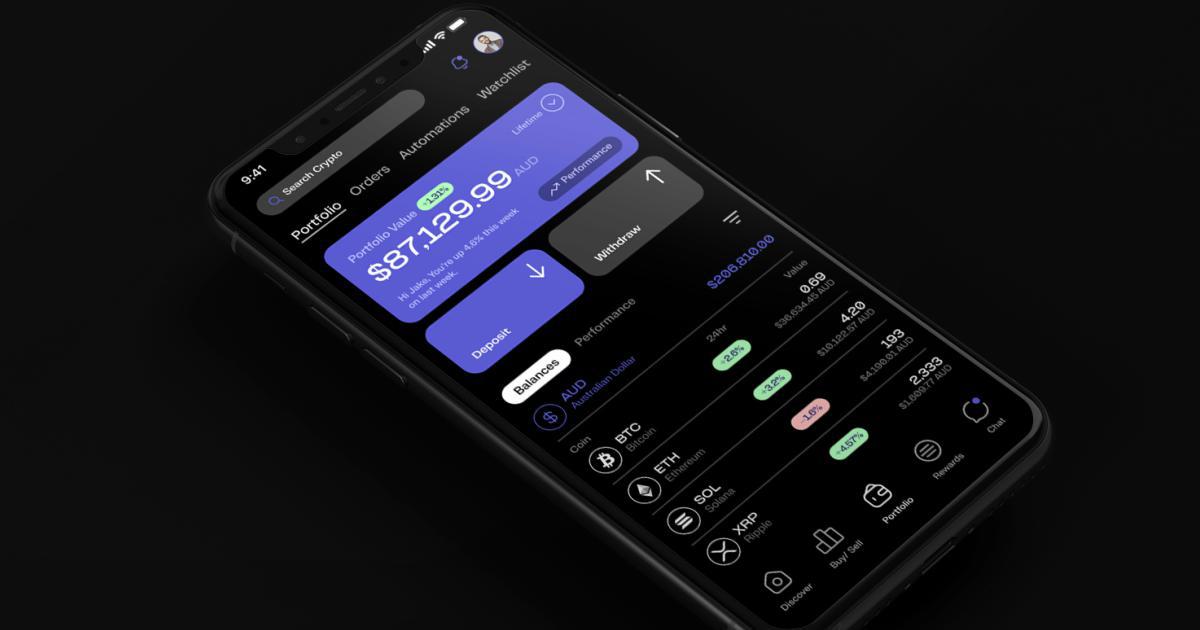
Prioritize Critical Content and Actions
Analyze your user data to identify the most critical content and conversion actions on your mobile site or app. Ensure that these key elements are prominently displayed and easily accessible, allowing users to quickly find and engage with the information or functionality they need.

Enhance the Visual Appeal
Visual appeal plays a crucial role in capturing and retaining the attention of mobile users. Responsive design allows you to create visually compelling experiences that are optimized for smaller screens.
Utilize Responsive Typography
Responsive typography is essential for ensuring legibility and readability on mobile devices. Adjust font sizes, line heights, and spacing to ensure your content is easy to read and browse on various screen sizes.

Optimize Images and Media
Ensure that your images, videos, and other media elements are optimized for mobile devices. Use responsive image techniques, such as srcset and sizes attributes, to deliver the appropriate asset based on the user's screen size and device capabilities.
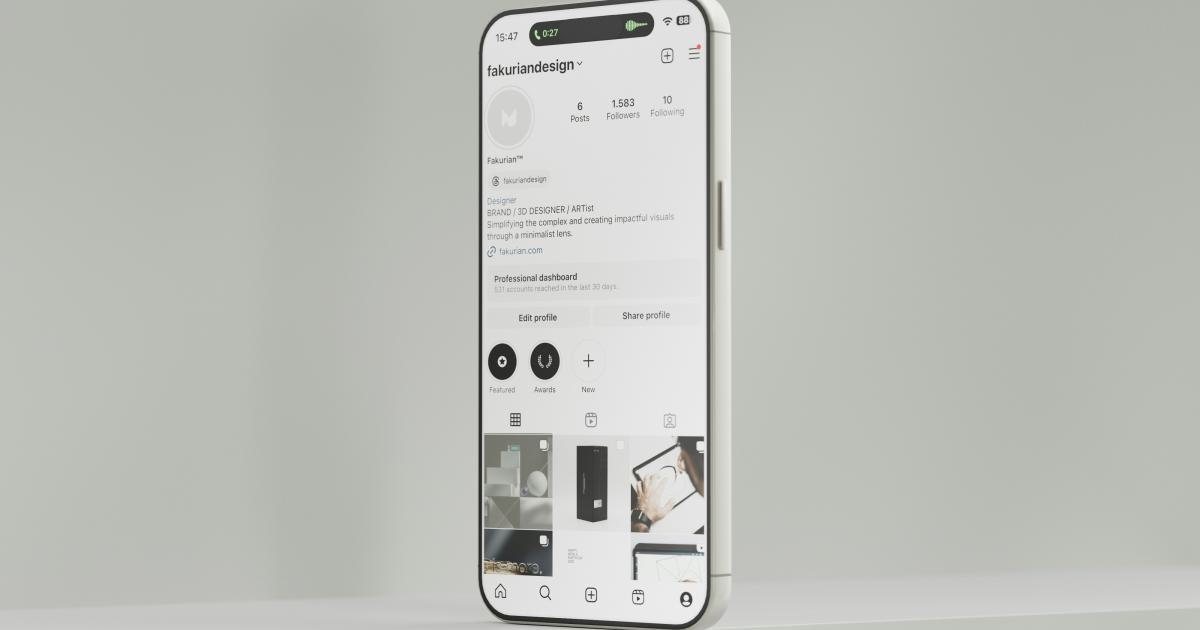
Leverage Responsive Design Patterns
Leverage well-established responsive design patterns, such as the use of cards, grids, and modular layouts, to create a visually consistent and engaging mobile experience. These patterns help organize content in a mobile-friendly manner and enhance the overall aesthetic appeal.
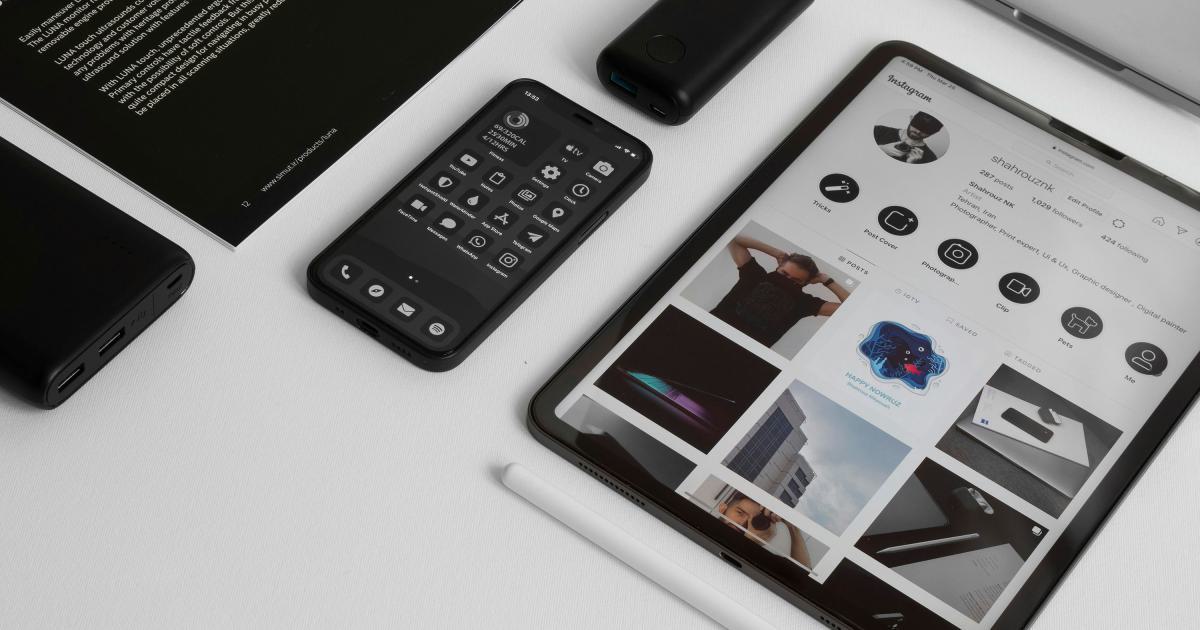
Improve Page Load Speed
Rapid page load speed is a critical factor in maintaining user engagement and driving conversions on mobile devices. Responsive design strategies can help you optimize your website or web application for lightning-fast performance.
Optimize Assets and Resources
Implement techniques like image and asset optimization, code minification, and lazy loading to reduce the file sizes and loading times of your mobile-optimized content.

Leverage Content Delivery Networks (CDNs)
Utilize content delivery networks (CDNs) to serve your website's static assets, such as images, CSS, and JavaScript files, from a network of geographically distributed servers. This can significantly improve page load times for your mobile users.

Implement Server-Side Rendering
Consider adopting server-side rendering (SSR) for your web application, as it can significantly improve initial load times and provide a more seamless experience for mobile users, especially those with slower internet connections.

Personalize the Experience
Responsive design also allows you to personalize the mobile experience based on user preferences, location, and device characteristics. This level of customization can lead to increased engagement and higher conversion rates.
Tailor Content and Offers
Leverage responsive design techniques to dynamically adjust the content, offers, and calls-to-action displayed to mobile users based on their specific needs and behaviors. This could include highlighting location-specific products, displaying relevant promotions, or surfacing personalized recommendations.

Adapt to Device Capabilities
Responsive design enables you to adapt the experience based on the device's capabilities, such as touch input, camera, or GPS. By leveraging these features, you can create more engaging and contextual experiences that resonate with your mobile users.

Provide Seamless Cross-Device Continuity
Implement responsive design strategies that allow users to seamlessly transition between devices without losing their progress or context. This could involve features like cross-device syncing, saved shopping carts, and session persistence.

Continuously Optimize and Iterate
Lastly, it's crucial to adopt a continuous optimization mindset when it comes to your mobile experience. Responsive design is an ongoing process that requires regular testing, analysis, and refinement to ensure that your mobile conversion rates are consistently improving.
Conduct A/B Testing
Regularly conduct A/B testing to identify the most effective responsive design elements, such as layout, content, and user interactions. Use the insights gained to continuously refine and optimize your mobile experience.

Analyze User Behavior and Feedback
Closely monitor user behavior and feedback to understand how your mobile users are interacting with your website or application. Use this data to identify pain points, bottlenecks, and opportunities for improvement, and then implement responsive design updates accordingly.
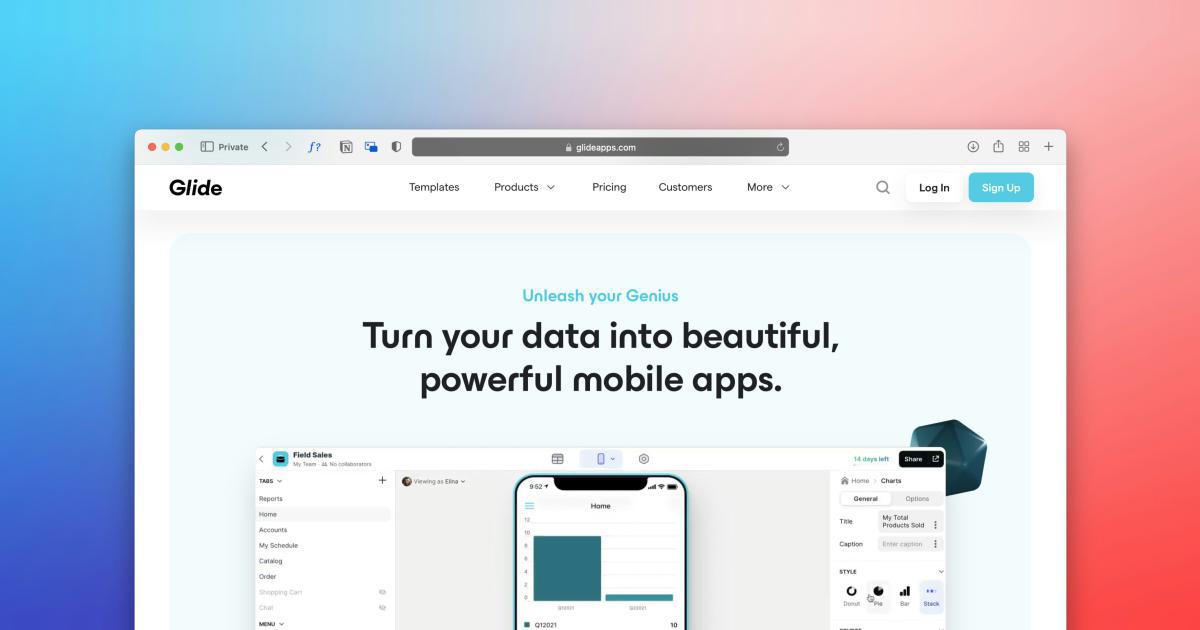
Stay Informed on Industry Trends
Keep up with the latest trends and best practices in responsive design and mobile optimization. This will help you stay ahead of the curve and ensure that your mobile experience remains competitive and cutting-edge.

By consistently applying these strategies and best practices, you can unlock the full potential of responsive design to drive measurable improvements in your mobile conversion rates.
The Impact of Responsive Design on Mobile Conversions
The implementation of responsive design has a tangible and significant impact on mobile conversion rates, as demonstrated by numerous industry studies and real-world case studies.
Improved User Experience
At the heart of responsive design's influence on mobile conversions is its ability to deliver a seamless and optimized user experience. When users are presented with a mobile-friendly website or application that is easy to navigate, visually appealing, and fast-loading, they are more likely to engage, explore, and ultimately convert.

Increased Engagement and Retention
Responsive design strategies, such as intuitive navigation, content prioritization, and performance optimization, have been shown to increase user engagement and retention on mobile devices. Studies have found that mobile-optimized websites can see up to a 60% reduction in bounce rates and a 12% increase in page views per visit.

Higher Conversion Rates
The direct impact of responsive design on mobile conversion rates is well-documented. Businesses that have adopted a responsive design approach have reported significant improvements, with increases in mobile conversion rates ranging from 15% to as high as 100% or more.

Improved Return on Investment (ROI)
The positive effects of responsive design on mobile conversions ultimately translate to a better return on investment (ROI) for businesses. By driving higher engagement, retention, and conversions on mobile devices, companies can enjoy increased revenue, improved customer lifetime value, and enhanced overall profitability.

Competitive Advantage
In today's highly competitive digital landscape, a well-executed responsive design strategy can provide businesses with a significant competitive advantage. By delivering a superior mobile experience, companies can set themselves apart from their competitors and capture a larger share of the growing mobile market.

The data clearly demonstrates the immense value that responsive design can bring to businesses looking to boost their mobile conversion rates and achieve long-term success in the digital realm.
Conclusion
In the era of ubiquitous mobile device usage, responsive design has become a critical component of any successful mobile optimization strategy. By adhering to the core principles of responsive design, businesses can create mobile-friendly experiences that cater to the diverse needs and preferences of their users, ultimately driving higher engagement, conversions, and customer satisfaction.
Through a combination of streamlined user journeys, enhanced visual appeal, improved page load speed, personalized experiences, and continuous optimization, responsive design empowers businesses to effortlessly boost their mobile conversion rates and unlock a world of opportunities in the ever-evolving digital landscape.
As you embark on your journey to optimize your mobile experience, remember that responsive design is not a one-time implementation, but rather an ongoing process of refinement and improvement. By staying informed, testing, and iterating, you can ensure that your mobile presence remains cutting-edge, user-centric, and primed for long-term success.